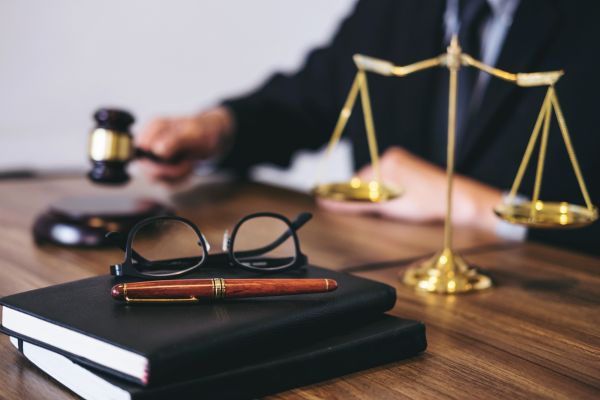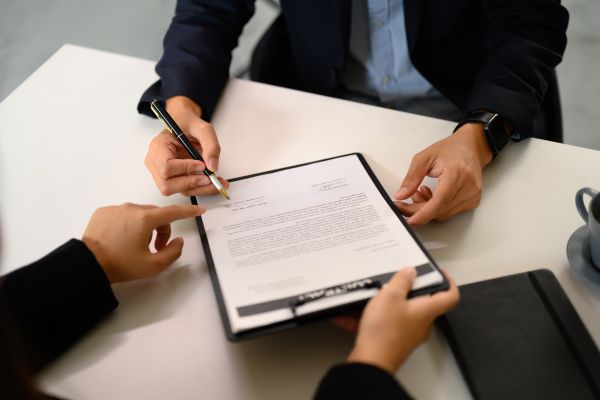The One Wheel lawsuit has grabbed the attention of both enthusiasts and critics alike. Known for its futuristic design and exhilarating riding experience, the One Wheel—an electric rideable—has recently faced legal challenges that have left many wondering what’s next for this innovative product. So, what exactly is the lawsuit about, and why is it causing such a stir? Let’s break it down.
What Is the One Wheel?
Before diving into the details of the lawsuit, it’s essential to understand what the One Wheel is. The One Wheel is a self-balancing electric skateboard designed by Future Motion, Inc. It has a large, central tire, which provides a smooth and unique riding experience compared to traditional skateboards or electric scooters. With its growing popularity, the device has built a dedicated community of riders who love the freedom and adventure it offers.
The One Wheel isn’t just a toy for thrill-seekers; it’s often seen as a convenient mode of transportation for urban commuters, especially in crowded cities where cars aren’t always practical.
The One Wheel Lawsuit: What’s Going On?
The One Wheel lawsuit stems from a series of safety concerns. Riders have reported accidents and injuries due to what’s been described as a “nosedive” malfunction. This nosedive occurs when the device suddenly stops balancing, causing the front of the board to dip forward, which can result in the rider being thrown off. Some users have suffered serious injuries, including broken bones and concussions, sparking a wave of legal action against Future Motion, Inc.
These lawsuits generally allege that the One Wheel has a design flaw that makes it unsafe for riders. The plaintiffs argue that Future Motion failed to adequately warn customers about the risks of using the product, particularly the potential for nosedives at high speeds.
Key Issues in the Lawsuit
Let’s break down the main points of contention in the One Wheel lawsuit:
- Product Safety
At the heart of the lawsuit is the claim that the One Wheel is inherently unsafe. Plaintiffs argue that the product’s design leads to dangerous situations, particularly the abrupt nosedive malfunction, which gives riders little to no time to react. - Inadequate Warnings
Another significant aspect of the case is whether Future Motion provided sufficient warnings about the risks involved. While the company does mention the possibility of nosedives in its user manual, the plaintiffs argue that these warnings were insufficient and didn’t clearly communicate the severity of the danger. - Responsibility for Injuries
Several individuals have sustained serious injuries, and these personal injury claims are central to the lawsuit. Riders argue that their injuries could have been prevented had the product been safer or had the company been more forthcoming with warnings.
Future Motion’s Defense
On the flip side, Future Motion has defended its product, arguing that the One Wheel is safe when used correctly. The company claims that the nosedive is a result of the rider exceeding the board’s capability or ignoring the built-in safety features that warn users when they’re pushing the board too far. Future Motion also emphasizes that they’ve provided adequate information about safe riding practices and that users need to be responsible for operating the device within its limits.
Legal Implications for Riders
So, what does this mean for One Wheel riders? If you own a One Wheel or are considering purchasing one, you might be wondering how this lawsuit affects you. Here’s what you need to know:
- Increased Awareness
The lawsuit has raised awareness about the risks associated with riding a One Wheel. While the device offers a fun and practical way to get around, riders should be fully informed about the potential for nosedives and take the necessary precautions. - Potential Recalls or Updates
Depending on how the lawsuit plays out, there could be recalls or design updates to address the safety concerns. Future Motion may be pressured to enhance its warning systems or introduce new safety features to prevent nosedives. - Impact on the Market
The outcome of the lawsuit could have a significant impact on the electric rideable market as a whole. If Future Motion is held liable, it may set a precedent for stricter regulations and design standards for similar products.
What Riders Can Do to Stay Safe
While the lawsuit is ongoing, it’s important for One Wheel riders to take steps to stay safe. Here are a few tips:
- Follow Safety Guidelines
Make sure you read and follow the safety instructions provided by Future Motion. The company has outlined best practices for riding, and adhering to them can reduce the risk of accidents. - Wear Protective Gear
Helmets, knee pads, and elbow pads are crucial for minimizing injuries in case of a fall. Even if you’re an experienced rider, it’s better to be safe than sorry. - Understand the Board’s Limits
The One Wheel has built-in safety features that alert you when you’re pushing the device too hard. Pay attention to these signals and avoid trying to exceed the board’s capabilities, which could lead to a nosedive.
FAQs About the One Wheel Lawsuit
- What is the main reason for the One Wheel lawsuit?
The lawsuit revolves around the product’s safety, particularly the nosedive malfunction, which has caused injuries to several riders. - Is the One Wheel safe to ride?
When used correctly, the One Wheel is generally safe. However, like any rideable, it comes with risks, especially if safety guidelines are ignored. - What injuries have been reported from riding the One Wheel?
Riders have reported various injuries, including broken bones, concussions, and scrapes, often resulting from falls caused by the nosedive malfunction. - Could there be a recall for the One Wheel?
It’s possible that the lawsuit could result in a recall or design update to address the safety concerns, but nothing has been confirmed yet. - How can I avoid a nosedive on my One Wheel?
Pay attention to the board’s safety warnings, avoid pushing the One Wheel to its limits, and ride on suitable terrain to reduce the risk of a nosedive.
What’s Next for the One Wheel?
As the lawsuit unfolds, it will be interesting to see how Future Motion responds. Will they update their product, issue recalls, or fight the claims in court? While the future is uncertain, one thing is clear: safety concerns surrounding the One Wheel aren’t going away anytime soon.
For riders, it’s important to stay informed and ride cautiously. Whether you’re a die-hard fan of the One Wheel or just curious about the product, this lawsuit sheds light on the importance of understanding the risks involved with electric rideables.
Conclusion
The One Wheel lawsuit has sparked important conversations about product safety, user responsibility, and the future of electric rideables. While it’s too soon to tell what the outcome will be, one thing’s for sure: both manufacturers and riders need to prioritize safety. As a rider, make sure to follow safety guidelines, wear protective gear, and ride within the limits of your device.



